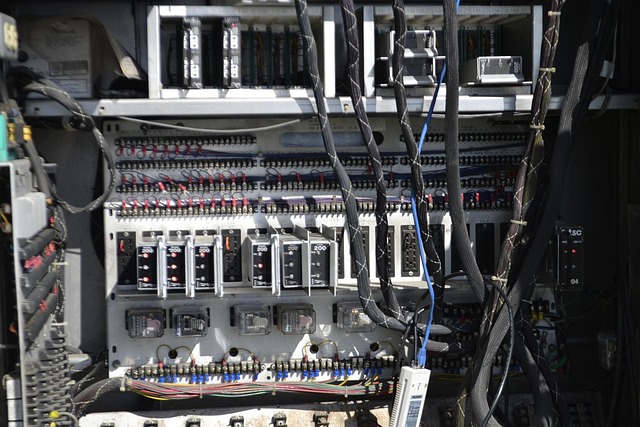The landscape of technology is evolving at an unprecedented pace, ushering in an era where Virtual Reality (VR), Augmented Reality (AR), and the Metaverse are not just phrases thrown around in tech circles but tangible realities that redefine human engagement with the digital realm. This detailed survey will take you through the intriguing hardware facets of these transformative technologies.
Virtual Reality is no longer confined to the realm of science fiction. With advancements in VR headsets and haptic feedback systems, users can now immerse themselves in entirely different worlds. Companies like Oculus and HTC have invested heavily in developing high-fidelity VR headsets that boast improved resolution, wider fields of view, and more accurate tracking systems. These developments not only enhance gaming and entertainment experiences but also open new avenues for education and training. Imagine healthcare professionals practicing complex surgeries in a virtual environment or architects visualizing their structures before breaking ground—all thanks to cutting-edge VR hardware.
On the other hand, Augmented Reality brings digital elements into our real-world surroundings, creating a unique blend of the digital and physical. Devices like Microsoft’s HoloLens and the revamped Google Glass have shown the world how AR can revolutionize productivity and collaboration. Imagine technicians overlaying data onto physical machinery for quicker repairs or tourists receiving historical data as they gaze upon ancient landmarks. The potential of AR is immense, and the hardware powering it is becoming increasingly sophisticated, incorporating features like spatial mapping and deeper context recognition.
Then, we have the Metaverse—a collective virtual shared space that blends aspects of VR, AR, and the internet. As technology giants compete to build the ultimate Metaverse experience, the hardware requirements are skyrocketing. From advanced VR headsets that promise truly immersive experiences to servers capable of supporting vast virtual environments and interactions, the infrastructure being developed today will shape how we socialize, work, and play in the coming years. Virtual worlds require not just personal devices but also powerful back-end systems that can handle complex interactions and high volumes of users, making the advancements in server technology just as critical as those seen in consumer hardware.
As we embark on this exciting journey into the realm of VR, AR, and the Metaverse, it is crucial to consider not only the capabilities of the technologies themselves but also the hardware that supports them. A rigorous detailed survey of these advancements reveals a future teeming with possibilities and challenges, reshaping our daily experiences and interactions with technology. The harmony between hardware improvements and innovative software will determine how seamlessly we can transition into a future where the lines between the digital and physical worlds blur, offering unprecedented opportunities for connection and creativity.




